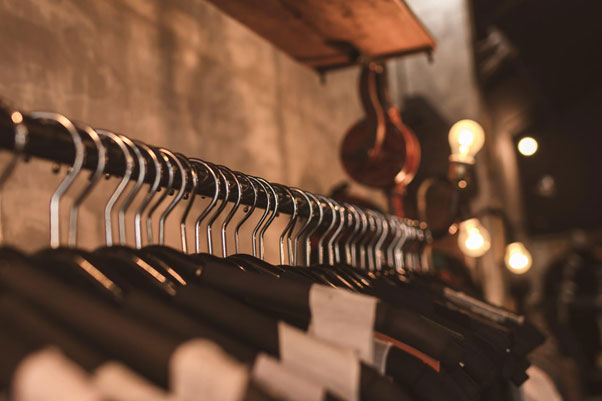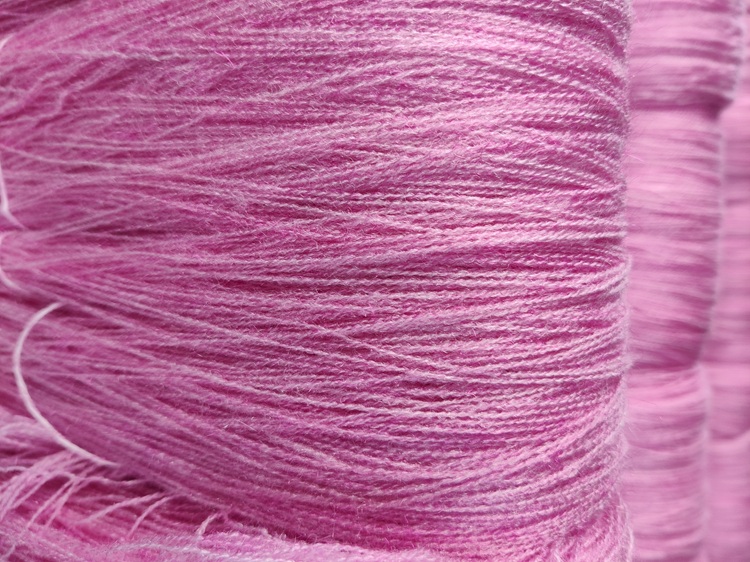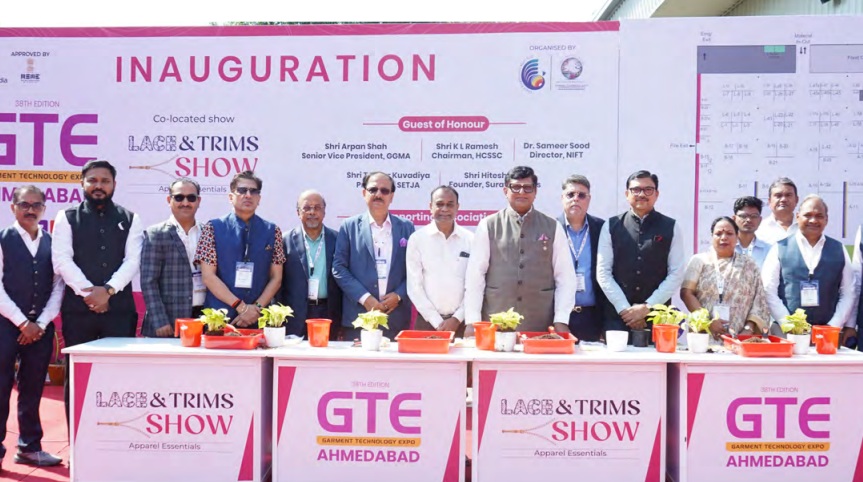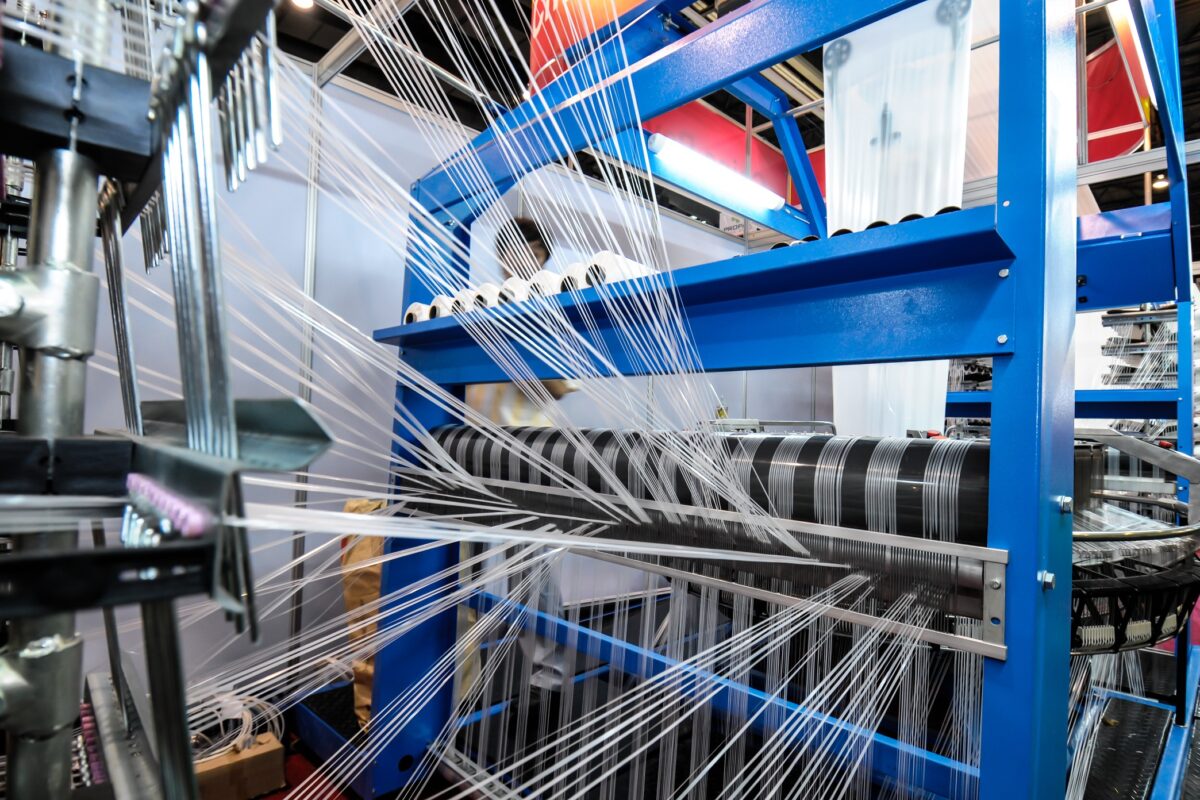
 Millennials are changing the world, and the world is changing for millennials. Whether they like it or not, every industry has had to adapt to the unique qualities and tastes of this new generation. Of course, the fashion industry is not an exception, and may even reflect a unique manifestation of the rapid changes brought about by this rising demographic of consumers. Here, we will look at how millennials are influencing and shaping the way the fashion world works.
Millennials are changing the world, and the world is changing for millennials. Whether they like it or not, every industry has had to adapt to the unique qualities and tastes of this new generation. Of course, the fashion industry is not an exception, and may even reflect a unique manifestation of the rapid changes brought about by this rising demographic of consumers. Here, we will look at how millennials are influencing and shaping the way the fashion world works.
No logos, no problem
In recent years, luxury brands have had to re-examine their approach to the growing millennial market, who have no desire for flashy designer logos. Although they are a generation built on selfies and Facebook stories, appearances don’t seem to matter when it comes to what used to be the ultimate status symbols.
Indeed, millennials have been giving classic luxury brands a run for their money. Gucci’s sales dropped by 1.1% in 2014, while Prada’s showed a decrease of 1.5% — a slump that luxury designers in the industry fear will only get worse. Brands like Abercrombie and Fitch and Michael Kors have removed their previously ubiquitous brand logos on some pieces completely to adapt to the millennial’s fashion preference, embracing the movement towards logo-less but high-quality fashion items.

Green is the new black
The ramifications of fast fashion on the environment and on factory workers are starting to catch up to the industry, as more and more millennials are choosing brands that have an ethical approach to production. Entrepreneur reports that millennials have become hyperaware of brands’ corporate social responsibility efforts, and will abandon companies that do not participate in programs that contribute to society. Indeed, cruelty-free is no longer just a buzzword in the fashion world, but something industries are shifting to in order to stay ahead of the curve.
According to a poll by Nielsen, 73% of millennials are willing to pay more for brands that focus on sustainability — that’s three out of four of the survey’s 30,000 respondents. For this generation, clothes have to suit personal advocacies as well, putting the pressure on companies to go green or go bankrupt.
Into the digital cart
High-tech fashion has escaped from sci-fi fantasies and into everyday life, with tech-savvy millennials blurring the line between technology and the fashion industry today. It’s not just smart watches or 3D printed shoes either — technology has revolutionised the way the fashion industry produces, advertises, and sells.
A study by BigCommerce shows that two out of three millennials prefer shopping online than shopping in a physical store. This preference is reflected in the several applications dedicated to promoting the latest fashion pieces and trends. Meanwhile, Pretty Me enumerates some of these key apps that have revolutionised how millennials think about their wardrobes and buy clothing online. Fashion retailers are also relying on big data analytics to monitor sales and predict consumer needs, producing stylish clothing even before the hashtags start trending.
Not like other girls
If the '80s were dominated by Madonna-esque vibrant colours, and the '90s defined by plaid tops and distressed jeans, the current trend for the typical fashionable millennial is individuality.
There seems to be a lack of overarching definition for the millennial’s style, as they often tend to mix styles according to their personality. They could pull off a sleek bomber jacket paired with four-inch stilettos and a feminine floral top — all because millennials aren’t shy about showing off their individuality through the uniqueness of their looks. Brands like Burberry and Fendi have responded to this by releasing exclusive and limited-edition items, even going so far as to allow customisation of colours.
The fashion world is finding that new trends are popping up every second, exponential changes made possible by social media and technology. As big names in fashion race to adapt to the millennial’s need for individuality and sustainability, one can only wonder what new styles and parameters this generation will set in the coming months, days, or on the next trending Instagram post.
- 1
- 2
- 3
- 4
- 5
- 6
- 7
- 8
- 9
- 10
Beyond Search and Scroll: Why AI-powered shopping is becoming retail’s new opera…
When ChatGPT unveiled its Instant Checkout capability allowing users to discover, evaluate, and purchase products within a single conversational interface... Read more
How global acrylic fiber leaders engineered price stability amid historic ACN cr…
The global Acrylic Staple Fibre (ASF) market, long known for its sensitivity to violent swings in petrochemical feedstocks is facing... Read more
GTE 2025: An impactful event driving industry excellence
Jointly organized by Garment Technology Expo and India Exposition Mart(IEML), the 38th edition of the Garment Technology Expo (GTE) proved... Read more
Threads of Labor and Steel: The human-machine ecosystem powering India’s textile…
India generates nearly eight million tonnes of textile waste every year, placing the country at the center of the global... Read more
Hanging by a Thread: US Tariffs cripple Indian textile exports, orders drop 70%
India’s textile and apparel industry is facing an unexpected mid-cycle rupture that is reshaping the sector’s economics far faster than... Read more
Sourcing's new compass, navigating apparel's great migration beyond Asia
The global apparel sourcing business is redefining the metrics of success beyond traditional labor costs. Led by geopolitical risks, consumer... Read more
No A-Grades for Climate: What the fossil-free fashion scorecard reveals about in…
For years, the global fashion industry has promised a cleaner, greener future but 2025’s Fossil-Free Fashion Scorecard by STAND.earth offers... Read more
Wired Threads: How India’s textile backbone is powering the smart apparel future
India’s huge textile industry, long celebrated for its command over cotton and competitive manufacturing scale, is going through a foundational... Read more
The New Core Competency: How sustainability and advanced fabrics are driving Ind…
The SportTech Pavilion at Techtextil India, hosted by Concepts N Strategies, concluded with a unanimous declaration: for India to successfully... Read more
New EU import rules set to raise prices for Shein and Temu, boosting European re…
Europe’s fashion and textile scenario is on the verge of its most consequential structural shift in over a decade. The... Read more










